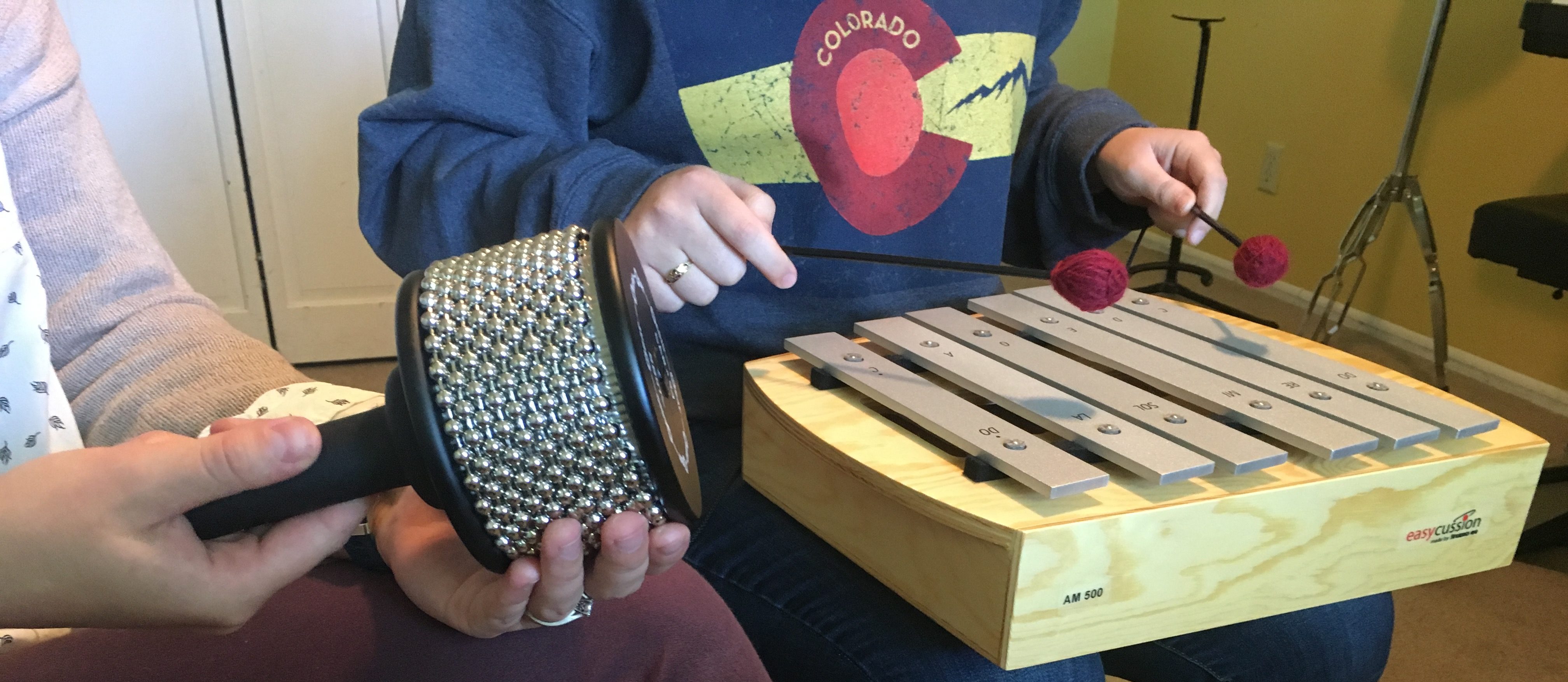Success Stories in Music Therapy: A Day at a Behavioral Hospital
Music Therapy in mental health settings has a tremendous impact on patients. Here is just a glimpse of what might happen in a typical day of music therapy at a behavioral hospital.
Geriatric Group
In my Geriatric group, everyone who was present for the session was engaged by playing instruments, participating in the themed word game, and singing (there was only one patient who didn’t sing or mouth the words). Although many of the patients were agitated before I arrived, everyone was calm and grateful after group.
Even a patient who usually has difficulty speaking logically or following instructions due to Alzheimer’s Disease was able to play along on the beat, answer certain questions, and follow prompts during group. Following, the therapist who usually works on the Geriatric unit thanked me for doing music therapy, saying that it made a huge difference, they really needed it that day, and that she loves the work I do as a music therapist.
High Accuity Group (Active Psychosis)
In my High Acuity group we focused on reality orientation and interpersonal awareness through active music making. One patient invited the rest of the group to join him in singing the blues while he accompanied on guitar.
Starting with him, each person would sing a line to the song, making it up and singing what we felt and expressing ourselves as we went around the circle. Everyone present joined in with at least one improvised line of lyrics except for two group members, who passed on singing but contributed by playing the drums and other percussion instruments.
One of these two played a rhythm on the drum that sounded so good with her peer’s guitar, that everyone else in the group who wasn’t already playing joined in on a drum and copied or added to her rhythm. Pretty soon, everyone was playing so well together that it was hard to believe we hadn’t practiced all of it before.
It was incredibly clear that every person in the group was paying attention to the other members of the group and were present in reality in that moment through the music.
Adolescent Boys
In my Boys Adolescent group, we checked in by expressing and identifying each other’s emotions through improvisation on an instrument of choice, and then we focused on re-creating a client-preferred song choice as a group to work on compromise, planning, interpersonal awareness and interaction.. During their rendition of Jeff Buckley’s “Hallelujah,” every boy sang along, two boys sang solos, and a group of three sang a trio, inviting each other to join in.
I was impressed to see them come together like this, despite the fact that two boys in that trio were in a fight earlier that day, by their own admission.
Adults with Depression, Anxiety, and Suicidal Ideation
Another great session happened with my Low Acuity group, with whom I did the 12-bar blues for self-expression and problem solving. Everyone present except for one person wrote their own version of the blues expressing something they were troubled by and ending with a way they could help themselves feel better about it.
Two of the group members sang their own versions for the group, and the rest allowed me to sing their words for them. Everyone showed support for everyone else’s songs and struggles, and everyone expressed how much they benefitted from music therapy.

–Written by Monica Moser, SCMT, MT-BC

